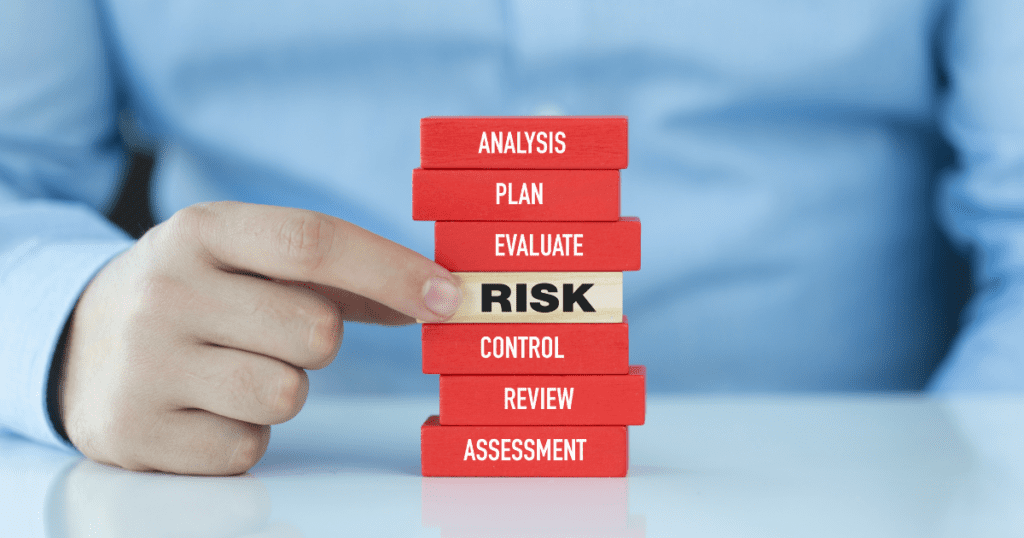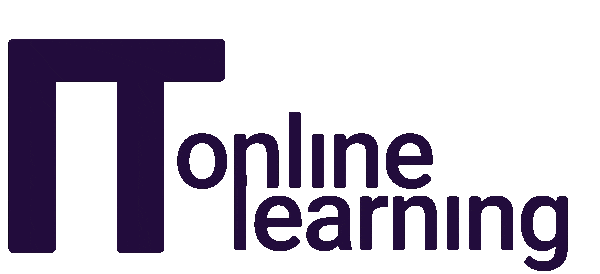PRINCE2® is a popular project management methodology based on a process-led approach to managing projects.
It provides an easily tailored and scalable method for increasing the likelihood of projects succeeding. PRINCE2® is widely used in both the public and private sectors in the UK and globally.
The methodology is based on:
- Seven principles.
- Seven themes.
- Seven processes.
- The project environment
These elements, known as the four integrated elements of PRINCE2®, provide a framework for delivering projects successfully.
Upcoming Changes to PRINCE2®.
The new, updated 7th edition of PRINCE2® will be launched in September 2023. It will include a number of changes designed to make the methodology more effective.
To learn more about these upcoming changes, we attended an exclusive PRINCE2® webinar hosted by PeopleCert and have outlined the answers to some of the commonly asked questions regarding this new update.
In this article, let’s explore some of the most notable points from this discussion to understand what the new update brings and provide you with a glimpse into the future of PRINCE2®.
Questions and Answers About PRINCE2® 7

How Are the New Sustainability Tolerances Handled in the Latest Version of PRINCE2®?
PRINCE2® now includes sustainability as one of its seven project performance targets, up from the previous six. This addition integrates sustainability into the PRINCE2® method. It introduces a new sustainability management approach within the business case chapter, acknowledging the significant impact of sustainability on projects.
How Are Sustainability Tolerances Being Handled in the New Issue?
Sustainability is one of the new performance targets. Previously, there were six; now, there are seven, with sustainability being added. We’ve also positioned sustainability in terms of the sustainability management approach within the business case chapter.
The Reasons Behind Combining Some Management Products and Keeping Some Current Ones
PRINCE2® Version 7 replaces the numerous standalone logs and registers from the previous edition with a new “project log,” a central repository for all project documentation. This change provides greater flexibility in organising project information, allowing logs and registers to be kept within the project log or separated as needed. The 7th edition also emphasises tailoring the methodology to suit the project’s specific context and requirements.
How Is Data Addressed in PRINCE2® 7th Edition, and How Does AI Factor Into This?
The focus will shift from number crunching to value-added work, particularly in stakeholder engagement, forecasting, analysis, and interpretation. Data and digital management approaches raise pertinent questions about managing data, its usage, and its post-project handling.
What Makes PRINCE2® 7th Edition More Flexible Than PRINCE2® 6th Edition?

PRINCE2® 7th edition replaces minimum requirements with new questions, focusing on helping people understand the core without unnecessary material. The accessible language, examples, and scenarios illustrate cross-referencing, making this update fully integrated.
Regarding Documentation, How Much Effort Has Been Made To Remove/Reduce the Documentation in This New Edition?
We are entering a new era of data and digital solutions. As a result, we need to shift from a document mentality to an information mentality. We must also be careful about how we use increasing data in projects.
Is There a Table Linking Activities to Practices in Each Process, as there is in Managing Successful Programmes (MSP®)?
We learnt a lot from Managing Successful Programmes (MSP®) and Management of Rick (MoR4), which followed a similar approach to cross-referencing. We then did the same there. At the end of each process chapter, a table links back to each practice and explains how that practice is worked out.
Are There Any Plans To Update the Health Cheques for PRINCE2® 6th Edition or Something Similar Like This in the New Edition?
The health checks appendix has been removed from the book. It will be available online as additional material, along with other upcoming resources that supplement PRINCE2® practice. This change aims to make better use of online resources.
Explain the Concept of a Business Opportunity Being a Type of Risk. Is This Linked to Exploiting an Opportunity When Viewing the Opportunity As the Upside of the Risk?

- Risk management professionals tell us that risks are not simply threats.
- PRINCE2® has taken this line for a number of years. Management of Risk (MoR) emphasises that risks can be either threats or opportunities. What joins them together is that all risks are in the future. They’re all about uncertainty. They’re all about things that might happen.
- This version of PRINCE2® reflects MO of four and is also consistent with the language, which is seen as best practice in risk management.
Is There Any Available Information About the OTM Release Date?
- The plan is to get it up this month ( August 2023). People should expect to get a preview of it in August before the official launch.
- We plan to start showing versions of the material on partner portals and then make it available on Canvas from the 4th of September.
Is the People Chapter One of the Seven Practices?
- No! The seven practises are what was previously called the seven themes, with some slight adjustments; essentially, they’re the same seven business case risk plans.
- The People chapter stands alone as a separate entity. There are practises, processes, principles, and people as individual ideas.
Do You Have Any Thoughts on How the Private Sector, Especially Small Organisations, Could Adopt Some of the UN’s Sustainability Development Goals and Promote Them in the New Book?
- The PRINCE2® 7th edition references the United Nations Sustainable Development Goals (SDGs) in Chapter One as a standard.
- Although these 17 wide-ranging goals may only be relevant to some businesses or projects, they serve as a prompt, particularly for smaller organisations. When discussing sustainability, the focus is on being aware of the choices that organisations make in the first place.
OTM and the Use of OTM by Organisations

It is still valid if an organisation wants to continue with its materials. No specific mandate is imposed on companies for OTM use; the idea is to support organisations in helping with online training materials.
When Will the Hard Copy Manual Be Available?
So, a digital copy is now available on the partner portal. Everything else, including videos, documentation, and the rest, will be available from launch in September.
Can the ATM Be Restructured To Make It More Concise or Appropriate for Our Delivery?
Yes! It is a module. Hence, there is a suggested sequence. However, people can approach it in a different sequence that makes sense to their organisation.
Official Syllabus Documentation and Learning Objectives for PRINCE2® 7?
Yes! This is available in the partner portal, along with service breakdowns and exam rationale for sample papers and other material. Additionally, Draught OTM is now available with this update.
Are the Chapters From 4 – 21 About Tailoring and Embedding Being Removed From the New Version of the Manual?
The PRINCE2® 7th edition incorporates tailoring and application guidance throughout all chapters to address the historical challenge of the method’s mechanical and sometimes inappropriate application.
By weaving tailoring guidance into each chapter, the new edition demonstrates how to adapt PRINCE2® effectively. Chapter One introduces the book and the method. Chapter 4 presents the practices, while Chapter 12 introduces the processes.





